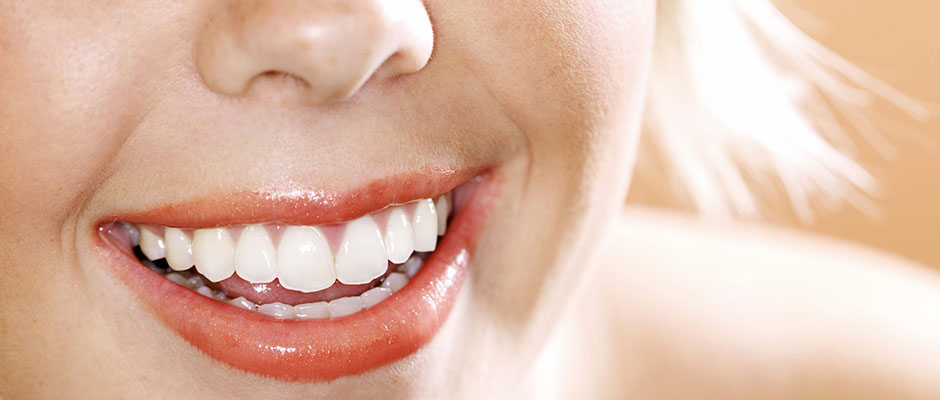
What you need to know about dental fillings
Did you know the most costly dental disease is Dental Caries (dental decay)? It affects 98% of the population, and its prevalence is second only to the common cold.Our primary objective is to maintain your teeth and gums in a state of optimal health for the longest period of time. Part of this preventative dental care regime is to monitor your teeth for signs of decay.
We look for early signs of decay at every check-up. Early dental decay can look like small brown or black spots on your teeth. If we spot any possible problem areas then we may want to use Low Dose Digital X-Rays to take a closer look at these problem spots, and to check parts of your mouth that are not easily visible, such as the contact areas of each tooth. Low dose digital x-rays are extremely safe, and allow us to see the extent of any dental erosion so we can either take action through placing a small filling, or we will monitor the situation.
We use Tooth Coloured Composite Fillings
There are different kinds of fillings to do the job but we use white composite materials that match your natural tooth, as we have been practicing Mercury/Amalgam free dentistry for many years. Tooth coloured composite filings closely match the natural shade of your tooth, so no-one need know you have any cavities. They also require the minimum amount of tooth structure to be removed, helping to preserve as much of your tooth as possible.
Why is Early Cavity Detection so Important?
Early detection is vitally important, as smaller fillings are minimally invasive, and will preserve most of your tooth structure. If a cavity is not filled, it gets bigger, causing pain and eventually an abscess. An abscess is caused by the central part of the tooth becoming infected, and by this stage treatment will be much more extensive. You’re more likely to require a root canal filling, and you tooth may need to be restored through placing a crown as is likely the cavity will have destroyed too much of the tooth structure for it to be filled. If left untreated it may even have to be removed.



